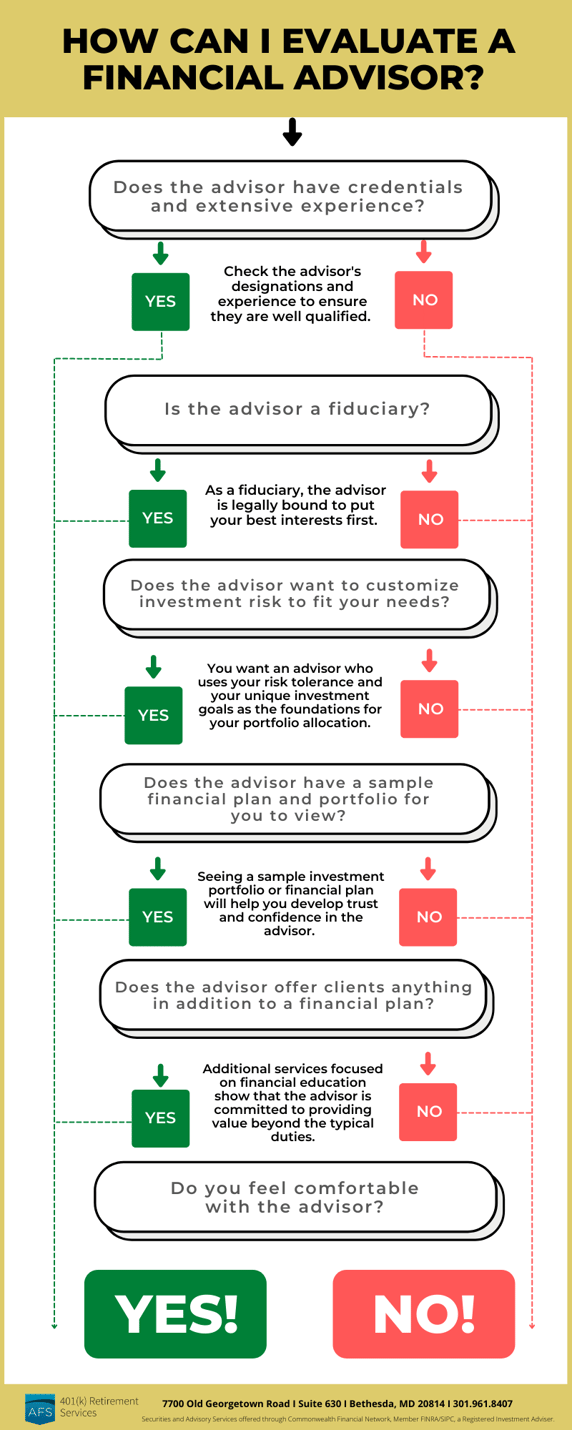
Once you have a clear picture about your financial situation, you are ready to begin making a plan. This will allow to identify your monthly expenses, determine savings goals, as well as areas where you can make cuts. These tips will help get you started with your plan. Every transaction that takes place in your checking bank account should be recorded. This will give you an historical view of your spending habits. This information will allow you to determine where you should make budget adjustments.
You can find resources that will help you to create a financial program
Financial planning includes many things. It should include your retirement strategy, risk management plan, and long-term investment plan. It also needs to account for your current income and expenses, as well as any debt you may have. Once you have determined which debts should be paid first, you can then create a financial strategy that meets your short-term, medium term, and long-term goals. These resources will help you to create a financial plan that meets your current needs.
A profit and loss report should be part of a business's financial plans. Also known as a Profit and Loss Statement, the P&L is an accounting statement that shows how profitable a business is, how much it makes, and how little it loses. This information can be used to make strategic business decisions. Here are some guidelines to help you get started.

Assets and liabilities in a financial program
What's the difference between assets and liabilities in a financial plan? Liabilities is money you owe businesses or other people. They can include deferred tax, loans, and bills. You can divide your liabilities into two groups: current and longer-term. Current liabilities are any payments you need now, like short-term debts, while long-term liability is the ones you will need in the future.
What is the difference between non-current and current assets? You will categorize assets and liabilities according their current value in a financial plan. Your current assets include cash, stocks, and investments, as well as any real estate or business interests you have. Non-current assets include equipment and vehicles, buildings and goodwill. No matter if you borrow money for business, credit card debt or a mortgage on property, your liabilities are the future loans you have to repay.
Goals for a financial plan
Your first step when creating a plan for your finances is to set goals. Each goal should be given a time frame. To illustrate, if your goal is to retire at age 65 you should plan how much you will spend on retirement. Then you can structure your life around that number. Goal-setting helps you stay motivated and on track. A financial plan should include many goals, including retirement. These are the most popular goals.
Saving money is the best long-term goal. This can be as simple as putting 10% to 15% of your pay into tax-advantaged retirement savings accounts. Traditional IRAs and Roth IRAs are two examples of tax-advantaged retirement accounts. You can save money by investing in these accounts to ensure you are able to retire in a few short years. Ideally, you'll save more money than you spend, so set realistic short-term and long-term goals.

Cost of creating and maintaining a financial plan
The cost of creating a comprehensive financial plan varies widely. The depth of your plan will determine the amount you pay. For example, a comprehensive plan costs $2,250, while a modular plan costs $850. The fee will be higher if the advisor spends more time working on your plan. An advisor spends an average of 11.9hrs creating a plan. However, the plan is finalized with a fee.
The typical hourly fee for an advisor that does not offer insurance products and services is $220. The fees for advisors who provide investment and insurance services are typically higher than those for planning. This fee is not a reflection of advisors' credentials but their perceived value. Financial planners who charge an hourly fee are charged between 1%-2% of their clients' assets. The difference in hourly fees and project-based fees is minimal.
FAQ
Who can I turn to for help in my retirement planning?
Many people find retirement planning a daunting financial task. This is not only about saving money for yourself, but also making sure you have enough money to support your family through your entire life.
It is important to remember that you can calculate how much to save based on where you are in your life.
If you're married you'll need both to factor in your savings and provide for your individual spending needs. If you're single you might want to consider how much you spend on yourself each monthly and use that number to determine how much you should save.
You could set up a regular, monthly contribution to your pension plan if you're currently employed. Consider investing in shares and other investments that will give you long-term growth.
Get more information by contacting a wealth management professional or financial advisor.
What is risk management in investment administration?
Risk management is the act of assessing and mitigating potential losses. It involves identifying and monitoring, monitoring, controlling, and reporting on risks.
An integral part of any investment strategy is risk management. The objective of risk management is to reduce the probability of loss and maximize the expected return on investments.
The following are key elements to risk management:
-
Identifying the source of risk
-
Measuring and monitoring the risk
-
How to reduce the risk
-
Manage your risk
Why it is important that you manage your wealth
You must first take control of your financial affairs. You need to understand how much you have, what it costs, and where it goes.
You must also assess your financial situation to see if you are saving enough money for retirement, paying down debts, and creating an emergency fund.
This is a must if you want to avoid spending your savings on unplanned costs such as car repairs or unexpected medical bills.
Statistics
- According to a 2017 study, the average rate of return for real estate over a roughly 150-year period was around eight percent. (fortunebuilders.com)
- If you are working with a private firm owned by an advisor, any advisory fees (generally around 1%) would go to the advisor. (nerdwallet.com)
- These rates generally reside somewhere around 1% of AUM annually, though rates usually drop as you invest more with the firm. (yahoo.com)
- According to Indeed, the average salary for a wealth manager in the United States in 2022 was $79,395.6 (investopedia.com)
External Links
How To
How to save on your salary
You must work hard to save money and not lose your salary. If you want to save money from your salary, then you must follow these steps :
-
You should start working earlier.
-
Reduce unnecessary expenses.
-
You should use online shopping sites like Amazon, Flipkart, etc.
-
You should complete your homework at the end of the day.
-
You should take care of your health.
-
Your income should be increased.
-
It is important to live a simple lifestyle.
-
Learn new things.
-
You should share your knowledge.
-
Read books often.
-
Make friends with rich people.
-
Every month you should save money.
-
For rainy days, you should have money saved.
-
Your future should be planned.
-
You shouldn't waste time.
-
Positive thoughts are important.
-
Negative thoughts are best avoided.
-
God and religion should be prioritized.
-
Good relationships are essential for maintaining good relations with people.
-
You should have fun with your hobbies.
-
It is important to be self-reliant.
-
Spend less money than you make.
-
You should keep yourself busy.
-
Be patient.
-
You must always remember that someday everything will stop. It's better if you are prepared.
-
You shouldn't borrow money at banks.
-
Try to solve problems before they appear.
-
It is important to continue your education.
-
Financial management is essential.
-
You should be honest with everyone.